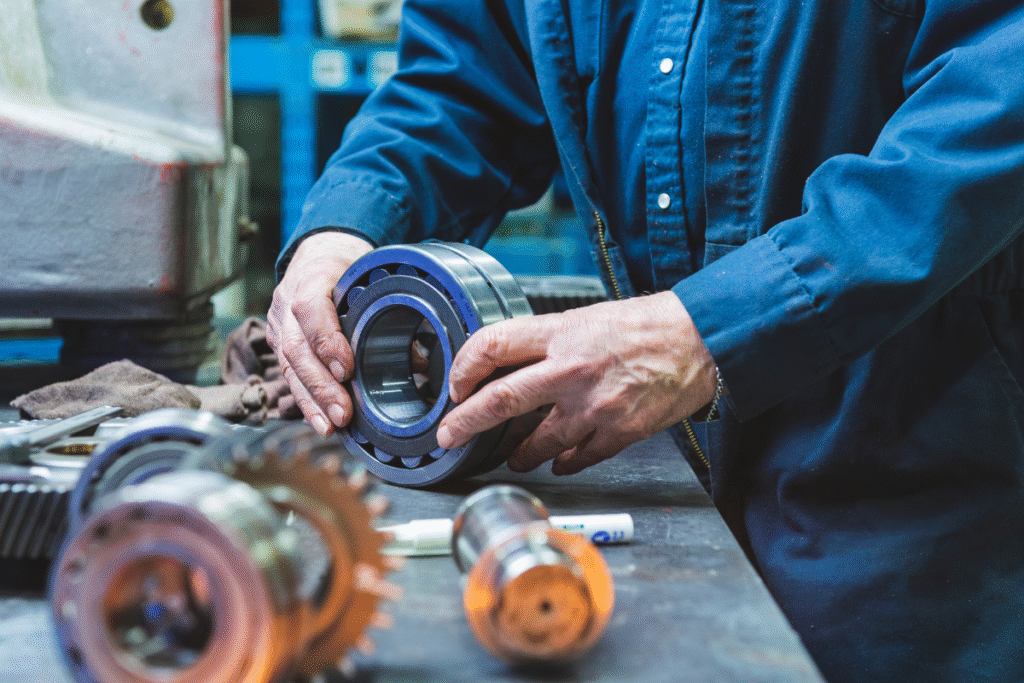The commercial vehicle body manufacturing industry plays a crucial role in logistics, transportation, and infrastructure. With the rise of climate change and environmental concerns, sustainability has become an essential factor. This article explores how manufacturers are adopting green practices to reduce their carbon footprint and contribute to a more sustainable future.
Why Sustainability Matters in Vehicle Manufacturing
Commercial vehicles contribute significantly to global carbon emissions. Body manufacturing processes often involve the use of energy-intensive materials, chemicals, and machinery. Integrating sustainability reduces environmental harm, enhances brand image, and meets growing consumer and regulatory expectations.
Environmental Impact of Traditional Manufacturing
- High CO2 emissions from metal cutting and welding
- Use of non-recyclable composite materials
- Waste from painting and coating processes
- Over-reliance on fossil fuel-powered machinery
Steps Toward Sustainable Manufacturing
Use of Recyclable and Lightweight Materials
Aluminum and high-strength steel not only reduce vehicle weight—improving fuel efficiency—but are also 100% recyclable.
Energy-Efficient Manufacturing Facilities
Factories are adopting solar panels, LED lighting, and energy-efficient motors to cut down on electricity usage and emissions.
Water-Based and Low-VOC Paints
Using eco-friendly coatings reduces hazardous air pollutants and protects the health of workers and nearby communities.
Smart Design and Optimization
Computer-aided design (CAD) and 3D modeling allow manufacturers to optimize body structures for material efficiency and durability.
Benefits of Sustainable Manufacturing
Economic Advantages
- Lower operational costs over time
- Tax incentives and government subsidies
- Increased demand from eco-conscious customers
Environmental Benefits
- Reduced greenhouse gas emissions
- Less industrial waste
- Improved air and water quality
Challenges in Implementing Sustainability
While the benefits are numerous, barriers such as initial capital investment, lack of skilled workforce, and slow adoption of green technologies remain hurdles for many manufacturers.
Conclusion
Sustainability in commercial vehicle body manufacturing is no longer optional—it is the way forward. Through innovations in materials, energy use, and waste management, the industry can meet modern demands without compromising our environment.
Join the Green Movement
If you’re in the commercial vehicle sector, it’s time to explore sustainable solutions in your operations. Connect with us to learn how your business can reduce its environmental impact and lead the change.

